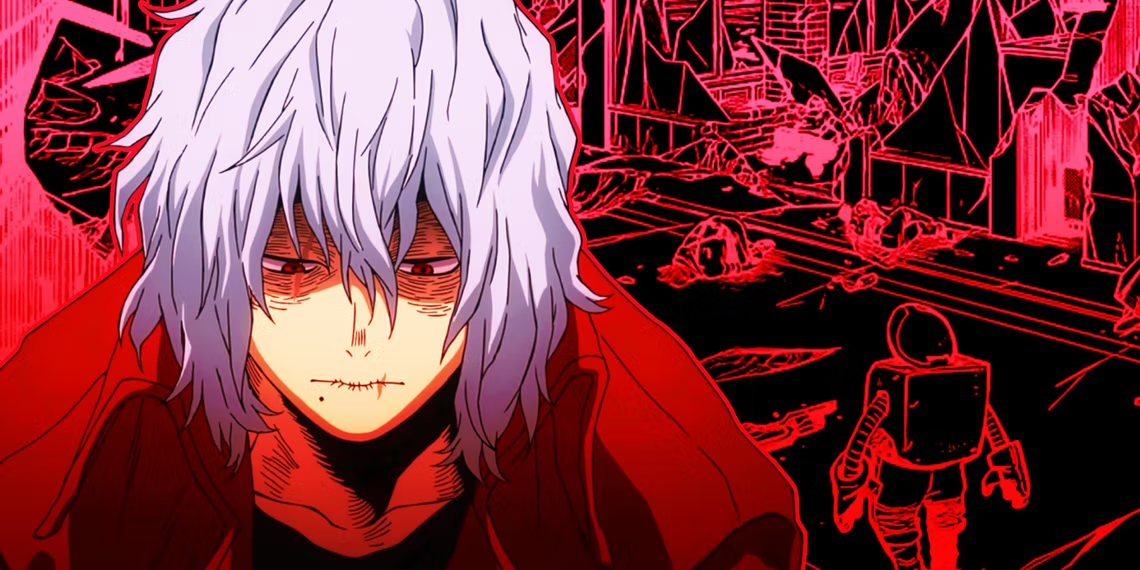Anime, My Hero Academia
MHA failed to fully explore its societal collapse arc
During the final arc of My Hero Academia, the series took a dramatic turn as the heroes faced off against the menacing Paranormal Liberation Front. Led by the formidable Tomura Shigaraki, the villains succeeded in plunging society into a state of turmoil and chaos. However, despite the gravity of this pivotal moment in the story, the consequences of the villains’ victory were not fully fleshed out, leaving fans craving a deeper exploration of the aftermath.
Societal collapse is a crucial and captivating plot point in any narrative, offering an opportunity to delve into the profound impact it has on characters and their world. In the case of My Hero Academia, the potential for exploring hero society’s downfall was immense. Yet, author Kohei Horikoshi found himself constrained by external factors, leading to a lack of substantial payoff for this significant turning point in the story.
As the villains gained the upper hand, society crumbled under the weight of their oppressive rule. The once-revered Endeavor, newly appointed as the number one hero, faced disgrace when his abusive nature as Toya Todoroki’s father was exposed. This revelation left the world without a symbol of peace to rally behind, intensifying the darkness that loomed over society. However, the manga and anime adaptations of My Hero Academia failed to fully convey the far-reaching scope of the chaos and anarchy that ensued.
The glimpses provided were merely fleeting, showcasing shop owners resorting to makeshift weapons and utilizing their limited Quirks to fend off looters and criminals. There was a brief portrayal of the panicked chaos at UA High School when the crowds initially resisted Midoriya’s entry. During this arc, the introduction of the popular character Ordinary Woman, whom Midoriya saved from the violence, hinted at the plight of innocent civilians caught in the turmoil. However, the manga failed to adequately depict the widespread impact and scale of the Ordinary Woman’s experience, leaving her story feeling symbolic but detached from the larger societal woes.
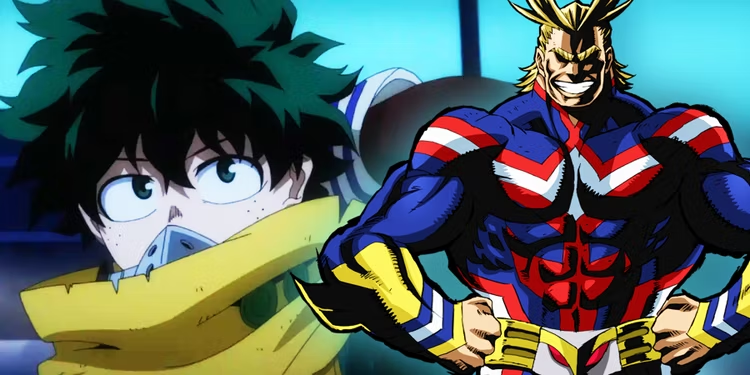
This limitation undermines the emotional weight of her journey, as the absence of other victims across Japan diminishes the sense of urgency and magnitude of the situation. Consequently, the stakes in the final conflict, where Midoriya prepares to confront Tomura Shigaraki and the Todoroki family strives to redeem and save Dabi, feel less impactful. While these events unfold as character-driven dramas involving the major players of My Hero Academia, the societal stakes remain largely implied rather than fully realized. To truly engage the audience, it becomes essential to witness the desperate masses scattered throughout the nation, relying on Midoriya and the Todorokis to secure a hopeful future, thereby heightening the intensity of MHA’s climactic resolution. Unfortunately, the subtlety with which these stakes are portrayed fails to leave a lasting impact.
The rushed storytelling within My Hero Academia’s final arc can be attributed to various factors. Some fans speculate that Horikoshi’s introduction of a new editor during this period led to an accelerated pace, sacrificing the exploration of supporting details to maintain focus on the beloved main characters who drive readers’ engagement. Initially, Horikoshi had aimed for My Hero Academia to rival Eiichiro Oda’s long-running One Piece but later adjusted his plans, announcing an impending conclusion within a year or so. This change in direction likely contributed to the prioritization of character-driven narratives over the comprehensive examination of societal collapse.
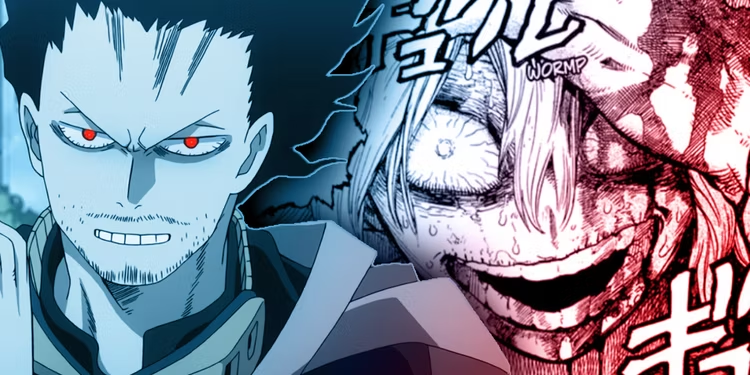
Another hypothesis suggests that cultural norms and taboos in Japan may have influenced Horikoshi’s decision to avoid delving too deeply into the chaos and misery that engulfed his manga. Presenting villains like Dabi in a sympathetic light, as witnessed in the “My Villain Academia” arc, already pushed the boundaries of acceptability. Fully immersing readers in the traumatic anarchy of a post-hero society Japan could have been seen as crossing a line, prompting the author to opt for a more restrained approach. If this assumption holds true, it underscores the unfortunate compromise made by Horikoshi, limiting the exploration of the story’s most critical stakes to focus on the character-driven narratives that resonate with fans.
Ultimately, the failure to fully explore the horrific societal collapse in My Hero Academia leaves a void in the narrative, leaving fans yearning for a more profound examination of the consequences that befall heroes and society alike. While external factors and storytelling constraints may have influenced this decision, it remains a missed opportunity to delve into the intricate complexities of a world teetering on the brink of ruin.
We bring out some of the most well-known My hero academia collection, all of which are available at reasonable costs. Visit our link now if you are interested in the My hero academia collection
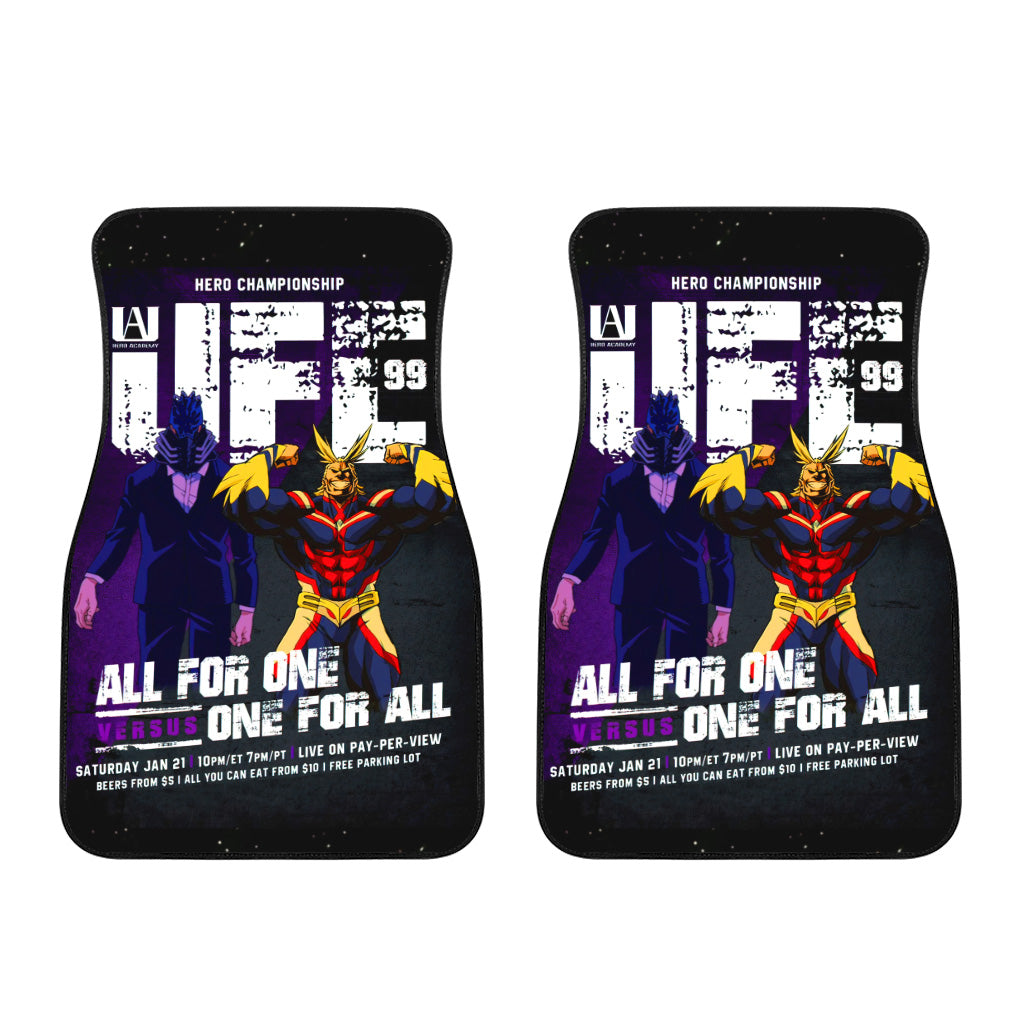
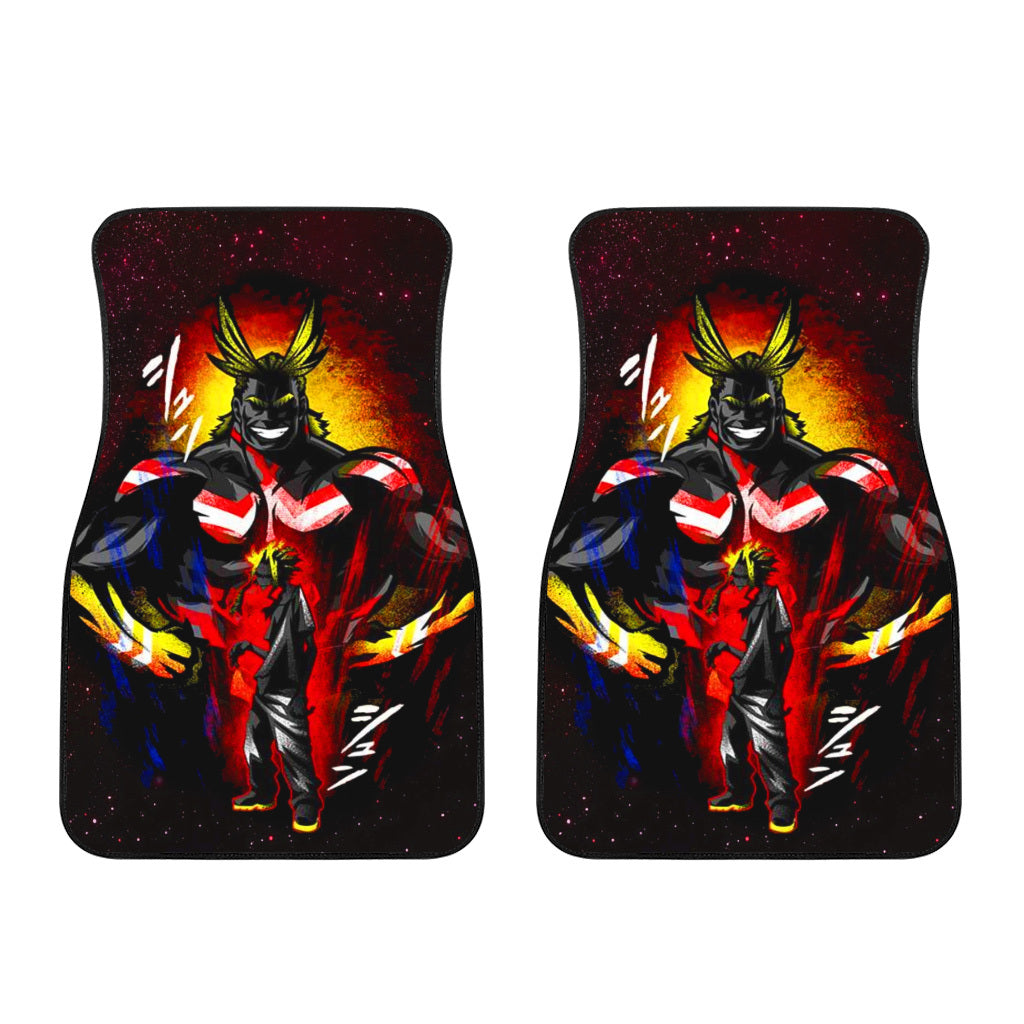
Nezu, Recovery girl, Lunch Rush, Thirteen, Hound Dog, All might

